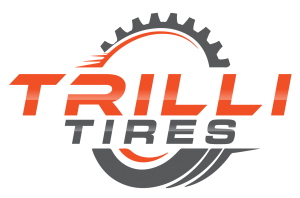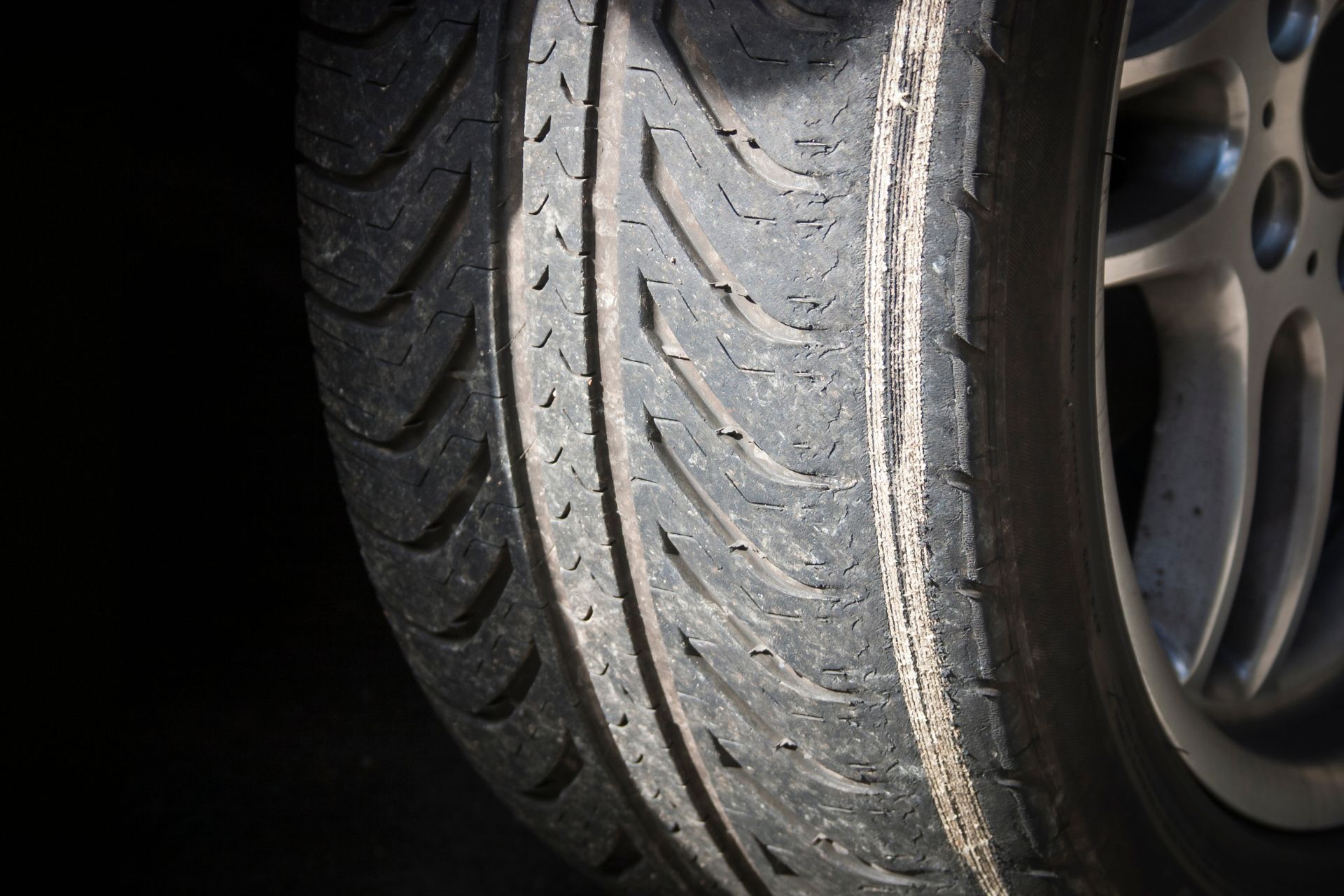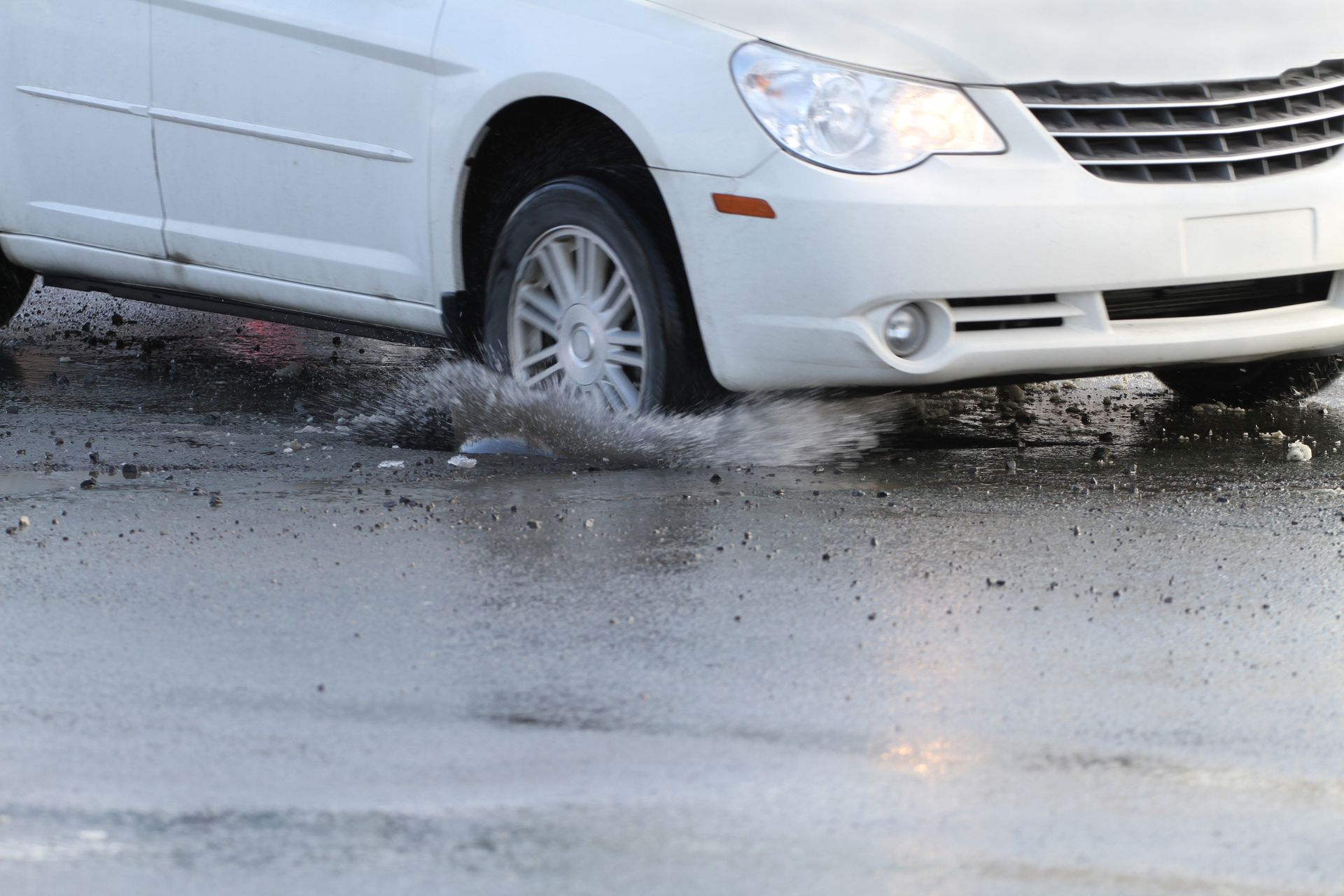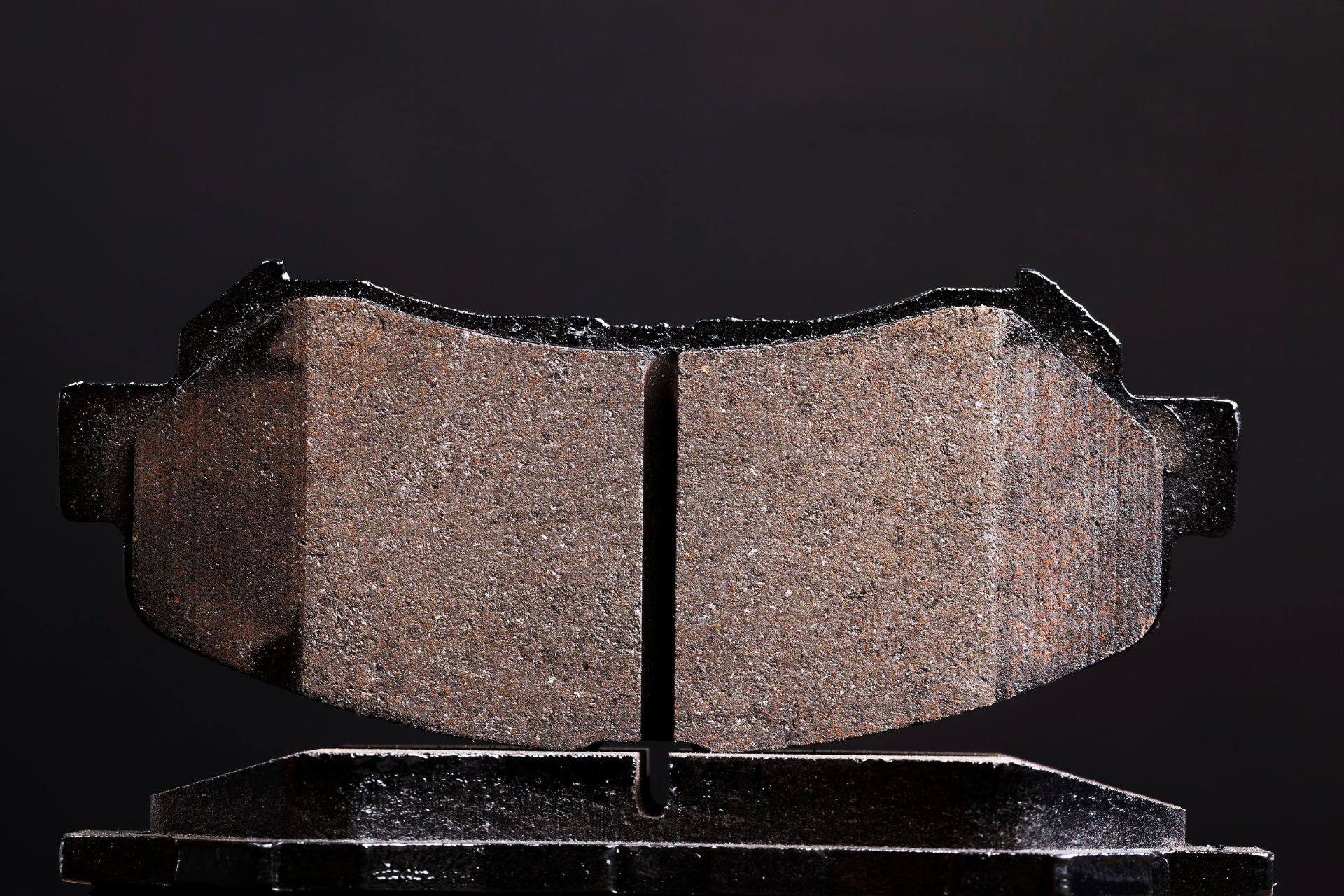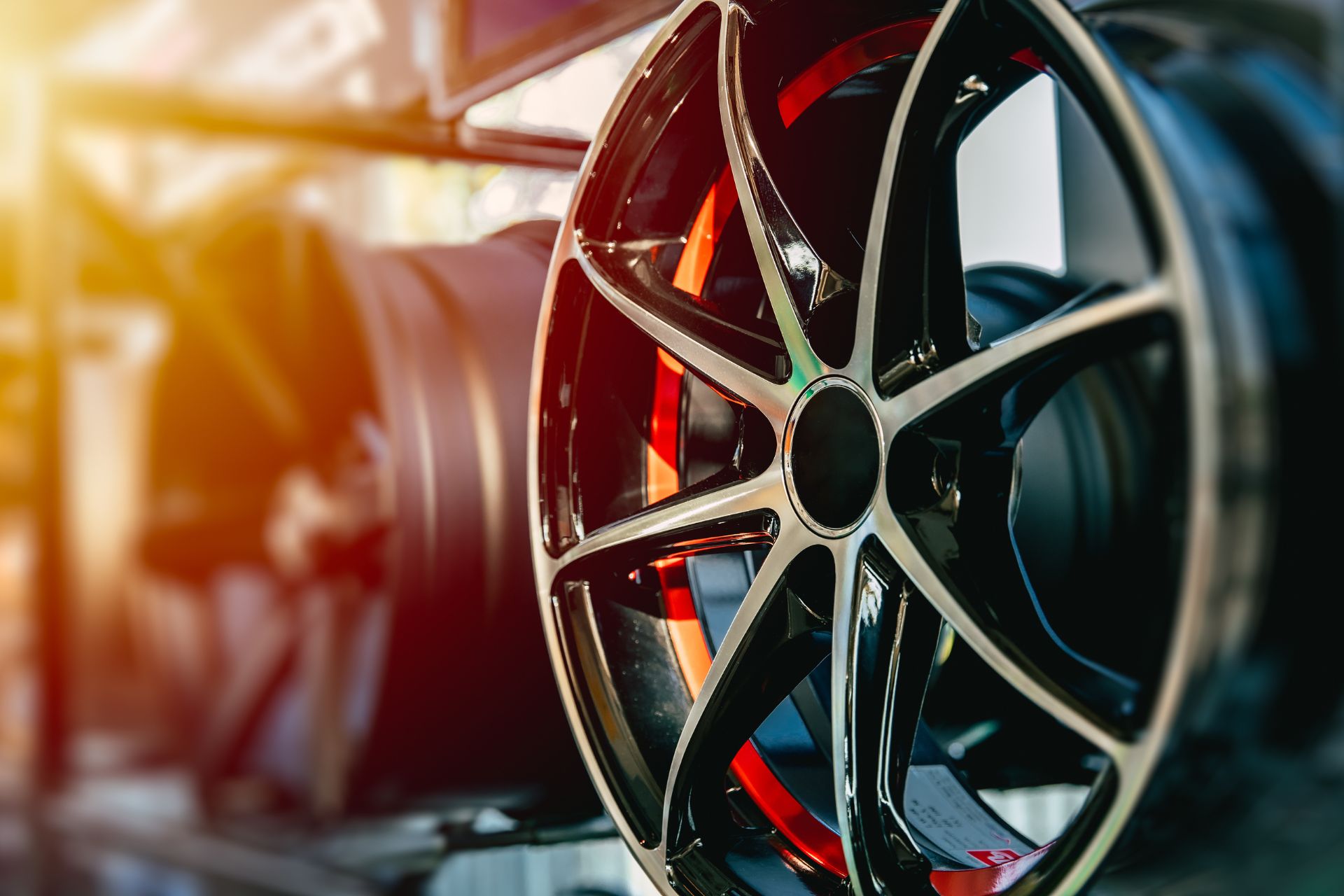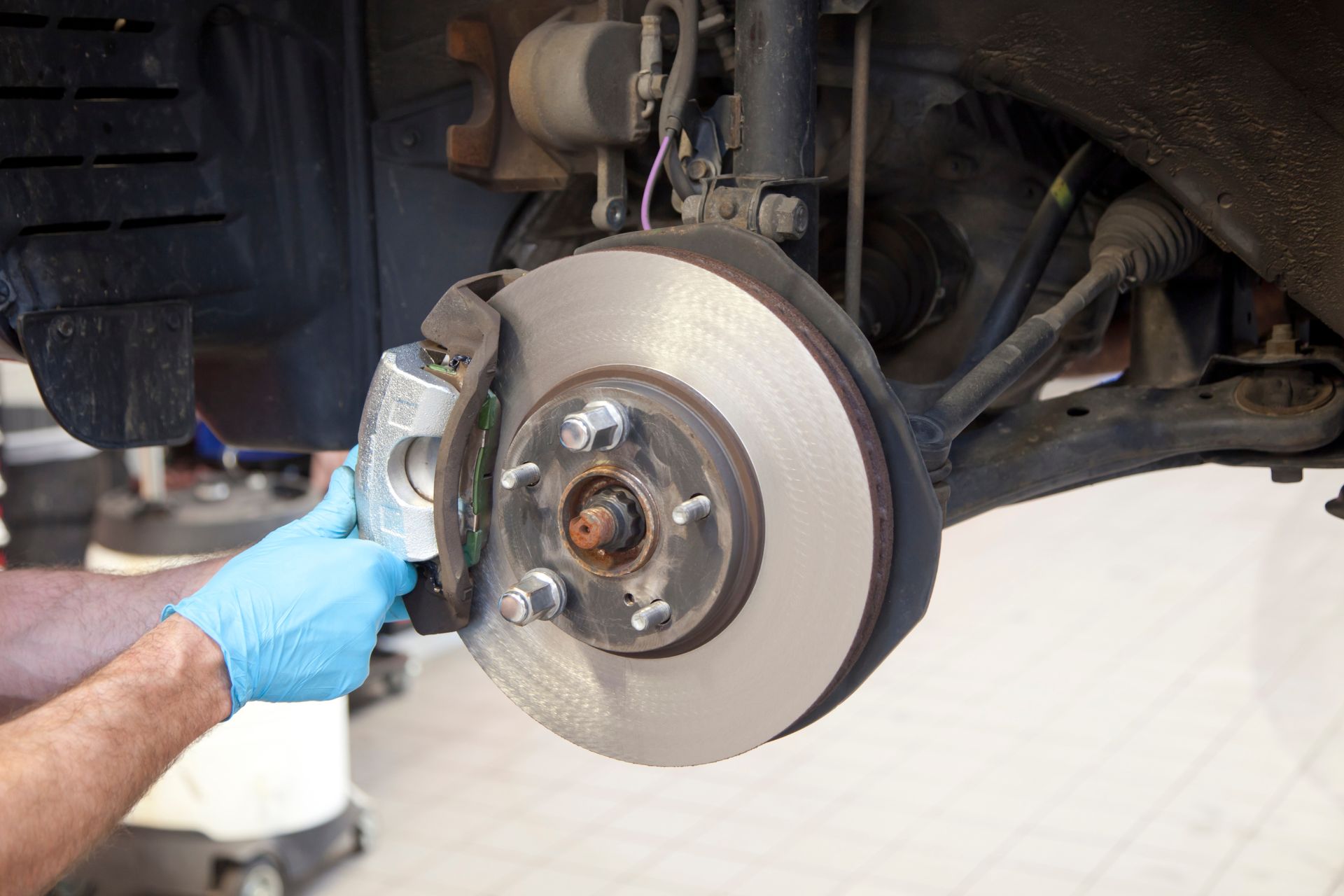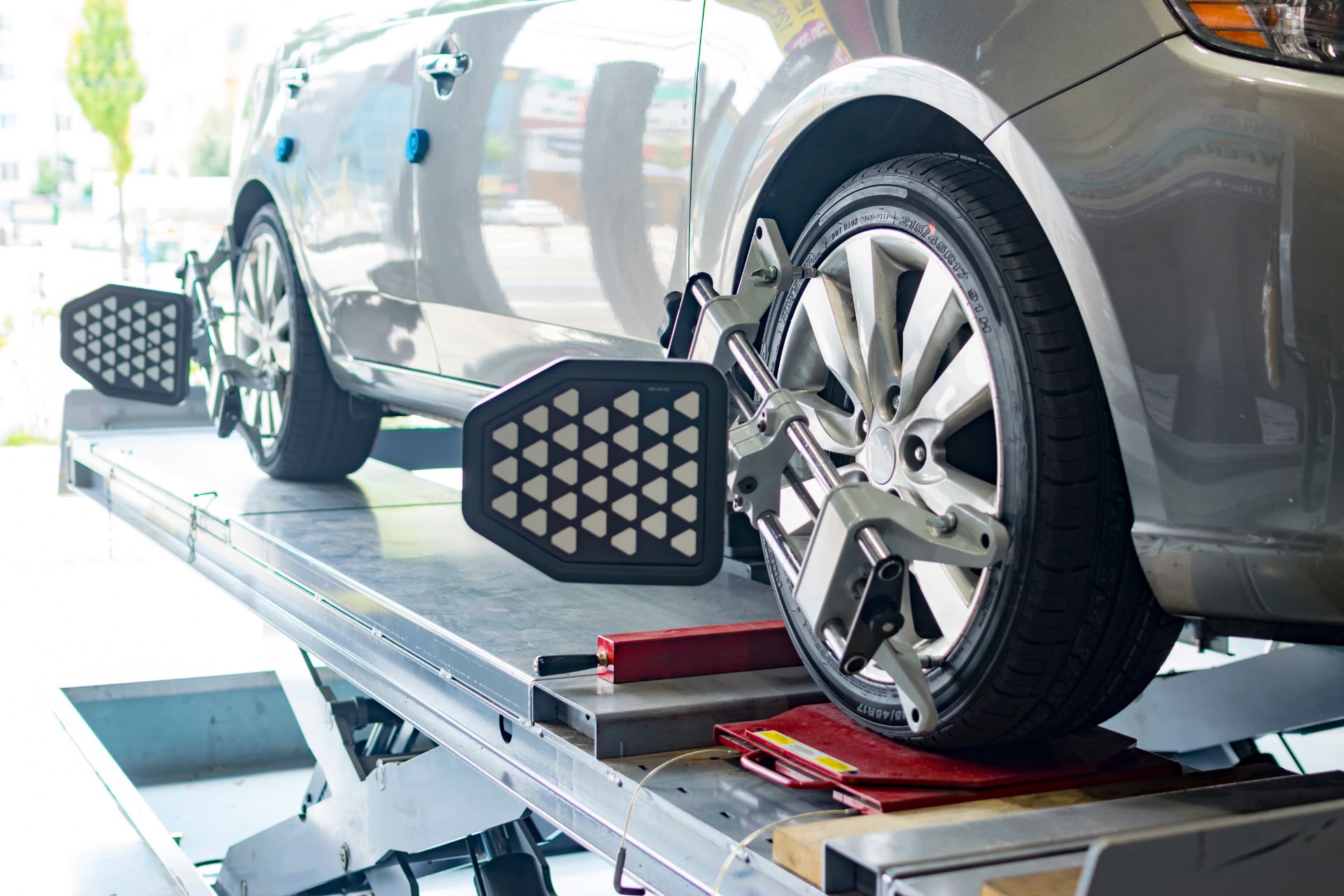Wheel misalignment is a common issue that can affect the performance and safety of your vehicle. Understanding the causes of misalignment, how to prevent it, and what to do when it occurs is essential for maintaining your car’s optimal performance and safety.
What is Wheel Misalignment? Wheel misalignment refers to the improper positioning of a vehicle’s wheels in relation to each other and the vehicle’s body. This misalignment can occur in various ways, affecting the vehicle’s handling, tire wear, and fuel efficiency.
Causes of Wheel Misalignment
- Road Conditions: Poor road conditions, such as potholes, bumps, and uneven surfaces, can cause sudden jolts and impacts on the wheels, leading to misalignment over time.
- Wear and Tear: Normal wear and tear on suspension components, such as ball joints, tie rods, and control arms, can gradually cause misalignment as these parts become worn or damaged.
- Accidents or Collisions: Accidents or collisions, even minor ones, can knock the wheels out of alignment. Impact from a collision can bend or damage suspension components, leading to misalignment issues.
- Improper Installation: Incorrect installation of suspension or steering components during repairs or maintenance can result in misalignment. It’s essential to ensure that all parts are properly installed according to manufacturer specifications.
- Vehicle Modifications: Modifying your vehicle’s suspension or wheel setup without proper adjustments can lead to misalignment issues. Lift kits, lowering springs, or aftermarket wheels must be installed correctly to maintain proper alignment.
Preventing Wheel Misalignment
- Regular Maintenance: Regular maintenance, including wheel alignments, can help prevent misalignment issues. Schedule alignments as recommended by your vehicle’s manufacturer or whenever you notice signs of misalignment.
- Avoiding Road Hazards: Be mindful of road hazards such as potholes, curbs, and debris. Whenever possible, avoid driving over these obstacles or navigate them cautiously to minimize the risk of wheel misalignment.
- Proper Driving Habits: Avoid sudden impacts, hard braking, and aggressive driving, as these actions can strain suspension components and lead to misalignment over time. Drive cautiously and defensively to protect your vehicle’s alignment.
- Inspecting Suspension Components: Regularly inspect suspension components for signs of wear or damage. Replace worn or damaged parts promptly to prevent misalignment issues.
Signs of Wheel Misalignment
- Uneven Tire Wear: Misalignment can cause uneven tire wear, such as excessive wear on the inside or outside edges of the tires. Inspect your tires regularly for signs of uneven wear, which may indicate misalignment.
- Steering Pulling to One Side: If your vehicle pulls to one side while driving on a straight road, it could be a sign of misalignment. Test your vehicle’s steering on a flat, level surface to check for pulling.
- Steering Wheel Off-Center: A crooked or off-center steering wheel when driving straight is another indication of possible misalignment. If you notice your steering wheel is not aligned properly, it’s time to have your alignment checked.
What to Do When Wheels Become Misaligned
- Schedule a Wheel Alignment: If you notice any signs of misalignment or have recently experienced an impact or collision, schedule a wheel alignment with a professional technician. They will use specialized equipment to adjust the angles of your wheels to the manufacturer’s specifications.
- Address Suspension Issues: If misalignment is caused by worn or damaged suspension components, have them inspected and replaced as needed. Ignoring suspension issues can lead to further misalignment problems and compromise vehicle safety.
- Regularly Monitor Alignment: After a wheel alignment, monitor your vehicle’s alignment regularly by checking for signs of uneven tire wear, steering pulling, or off-center steering. Address any issues promptly to maintain proper alignment.
Wheel misalignment can negatively impact your vehicle’s performance, safety, and tire longevity. By understanding the causes of misalignment, implementing preventive measures, and addressing alignment issues promptly, you can ensure your vehicle remains safe and efficient on the road.
For professional wheel alignment services in Richmond Hill, Markham, Vaughan, and the rest of the GTA, trust TrilliTires. Contact us today to schedule your alignment appointment and keep your vehicle running smoothly.
